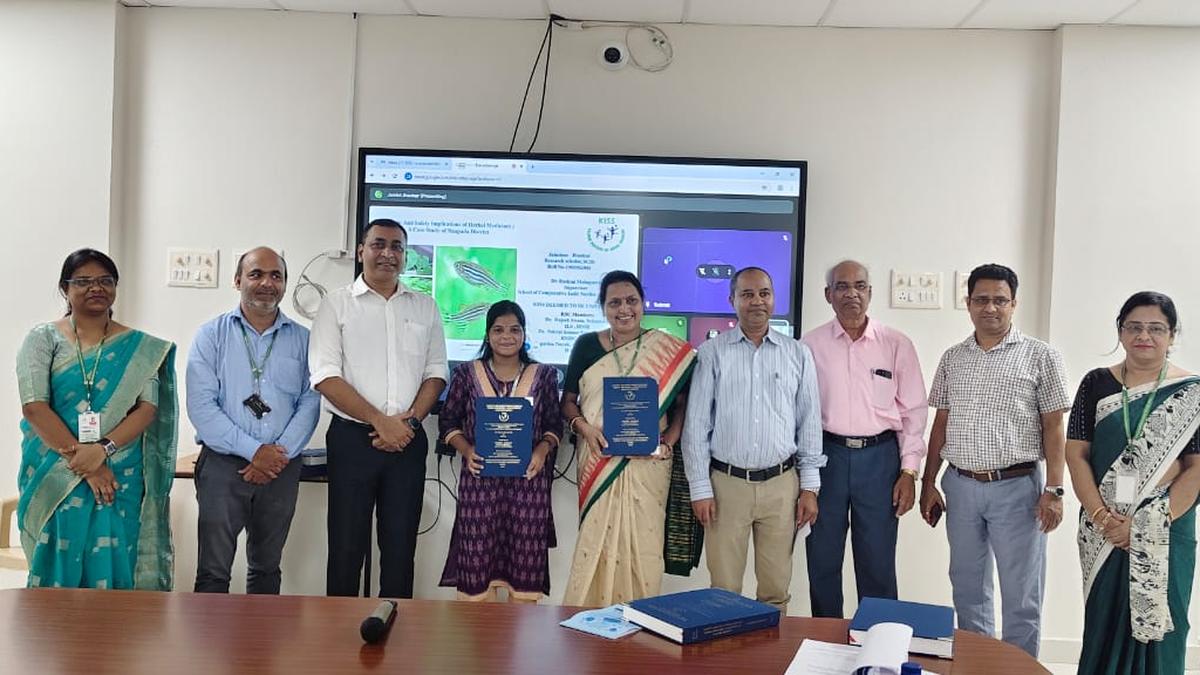A six-week-old infant is on his way to regain vision following a successful congenital cataract surgery performed at a private eye hospital in the city.
The patient was diagnosed with a dense monocular congenital cataract in one eye, with a dense fibrous plaque on the posterior capsule of the eye. Despite the young age, the case was prioritised for surgery at Nethradhama Super Speciality Eye Hospital in July to prevent irreversible vision loss due to amblyopia (lazy eye). After a thorough systemic evaluation and specialist clearance from both a paediatrician and cardiologist, the baby was deemed fit for surgery, with no systemic or genetic causes identified.
Commenting on the rarity and complexity of the case, ophthalmologist Sri Ganesh, chairman and managing director of the hospital, said the dense fibrous plaque was meticulously peeled, followed by posterior capsulotomy with anterior vitrectomy to ensure a clear visual axis. “Intraocular lens implantation has been deferred until the infant reaches 6 months to 8 months of age, when accurate biometry will be possible. Until then, intermittent patching is being done to stimulate visual development in the operated eye,” said the doctor, who led the surgery.
The case presented significant anaesthetic challenges due to the infant’s small anatomy and fragility. Suman Shree R., head of anaesthesiology at the hospital said managing anaesthesia in an infant requires precision at every step — from airway safety to temperature control.
Post-operative care crucial
While highlighting the need for post-operative care, Dr. Ganesh said for a six-week-old infant, timely intervention can mean the difference between a lifetime of sight and blindness. “Our role does not end with the surgery. There is a need for strict post-operative care, and parental involvement is crucial for the best possible outcome.”
“We are monitoring corneal clarity, corneal diameter to detect early glaucoma, and fixation response to ensure no amblyopia develops. We have counselled the parents extensively that surgery is only half the treatment. The other half lies in their commitment to medication compliance, patching schedules, and regular visits, which are critical for the child’s long-term visual development,” the doctor added.



.png)
.png)
.png)
















 1 hour ago
7
1 hour ago
7








 English (US) ·
English (US) ·